Keith W Rowe
age ~45
from Shingle Springs, CA
Keith Rowe Phones & Addresses
- 6299 Bridgeport Dr, Shingle Spgs, CA 95682 • 5306761306
- Shingle Springs, CA
- Folsom, CA
- Novelty, OH
- Dayton, OH
- Orangevale, CA
- El Dorado, CA
- Novelty, OH
- Sacramento, CA
Work
-
Company:University hospitals of clevelandJul 2012
-
Position:Paramedic/e.d
Education
-
School / High School:Lorain County Community College- Elyria, OHSep 2010
Skills
ACLS Certified • Pals Certified • BLS Certified
Us Patents
-
Glare And Occluded View Compensation For Automotive And Other Applications
view source -
US Patent:20220284867, Sep 8, 2022
-
Filed:Mar 24, 2022
-
Appl. No.:17/703645
-
Inventors:- Santa Clara CA, US
Richmond Hicks - Aloha OR, US
Nausheen Ansari - Folsom CA, US
Narayan Biswal - Folsom CA, US
Ya-Ti Peng - Sunnyvale CA, US
Abhishek R. Appu - El Dorado Hills CA, US
Wen-Fu Kao - West Sacramento CA, US
Sang-Hee Lee - Santa Clara CA, US
Joydeep Ray - Folsom CA, US
Changliang Wang - Bellevue WA, US
Satyanarayana Avadhanam - El Dorado Hills CA, US
Scott Janus - Rocklin CA, US
Gary Smith - Bristol, GB
Nilesh V. Shah - Folsom CA, US
Keith W. Rowe - Shingle Springs CA, US
Robert J. Johnston - Carmichael CA, US -
International Classification:G09G 3/34
G09G 3/36
B60R 1/00
G09G 5/10
G09G 5/14
G09G 5/38
G06F 3/147
G02B 27/01
G09G 5/00 -
Abstract:Often when there is a glare on a display screen the user may be able to mitigate the glare by tilting or otherwise moving the screen or changing their viewing position. However, when driving a car there are limited options for overcoming glares on the dashboard, especially when you are driving for a long distance in the same direction. Embodiments are directed to eliminating such glare. Other embodiments are related to mixed reality (MR) and filling in occluded areas.
-
Adaptive Loop Filter Classification And Selection For Video Coding
view source -
US Patent:20230034367, Feb 2, 2023
-
Filed:Sep 28, 2022
-
Appl. No.:17/955223
-
Inventors:- Santa Clara CA, US
Yi-Jen Chiu - San Jose CA, US
Keith Rowe - Shingle Springs CA, US -
International Classification:H04N 19/117
H04N 19/82
H04N 19/186
H04N 19/172 -
Abstract:Example methods, apparatus, systems and articles of manufacture to implement adaptive loop filter classification and selection for video coding are disclosed. Examples disclosed herein determine whether a collection of available adaptive loop filter sets associated with luma components of the input picture is empty. When the collection of available adaptive loop filter sets is not empty, disclosed examples also enable adaptive loop filtering for the luma components of the input picture, and select at least one of the collection of available adaptive loop filter sets to include in a selection of adaptive loop filter sets for the input picture, with the selection based on an order in which ones of the available adaptive loop filter sets in the collection were derived. Some disclosed examples additionally or alternatively perform block classification to determine accumulated class statistics for derivation of an adaptive loop filter set associated with the input picture.
-
Power-Based And Target-Based Graphics Quality Adjustment
view source -
US Patent:20210374896, Dec 2, 2021
-
Filed:Jan 27, 2021
-
Appl. No.:17/159708
-
Inventors:- Santa Clara CA, US
Stanley J. Baran - Elk Grove CA, US
Sang-Hee Lee - Santa Clara CA, US
Atthar H. Mohammed - Folsom CA, US
Jong Dae Oh - Folsom CA, US
Jill M. Boyce - Portland OR, US
Fangwen Fu - Folsom CA, US
Satya N. Yedidi - Roseville CA, US
Sumit Mohan - San Jose CA, US
James M. Holland - Folsom CA, US
Keith W. Rowe - Shingle Springs CA, US
Altug Koker - El Dorado Hills CA, US -
International Classification:G06T 1/20
G06T 1/60
G09G 5/00
H04N 19/156
G06F 1/3206
G06F 1/3234 -
Abstract:An embodiment of an electronic processing system may include an application processor, persistent storage media communicatively coupled to the application processor, a graphics subsystem communicatively coupled to the application processor, a power budget analyzer to identify a power budget for one or more of the application processor, the persistent storage media, and the graphics subsystem, a target analyzer communicatively coupled to the graphics subsystem to identify a target for the graphics subsystem, and a parameter adjuster to adjust one or more parameters of the graphics subsystem based on one or more of the identified power budget and the identified target.
-
Adaptive Quality Boosting For Low Latency Video Coding
view source -
US Patent:20210136378, May 6, 2021
-
Filed:Dec 14, 2020
-
Appl. No.:17/121284
-
Inventors:- Santa Clara CA, US
Changliang Wang - Bellevue WA, US
Sang-hee Lee - San Jose CA, US
Keith Rowe - Shingle Springs CA, US -
Assignee:Intel Corporation - Santa Clara CA
-
International Classification:H04N 19/124
H04N 19/119
H04N 19/167
H04N 19/172 -
Abstract:Techniques related to adaptive quality boosting for low latency video coding are discussed. Such techniques include segmenting each of a number of temporally adjacent video frames into unique high encode quality regions and encoding each of the video frames by applying a coding quality boost to the high encode quality regions relative to other regions of the video frames.
-
Content Adaptive Quantization For Video Coding
view source -
US Patent:20210105476, Apr 8, 2021
-
Filed:Dec 17, 2020
-
Appl. No.:17/125463
-
Inventors:- Santa Clara CA, US
Sang-hee Lee - San Jose CA, US
Keith W. Rowe - Shingle Springs CA, US -
Assignee:Intel Corporation - Santa Clara CA
-
International Classification:H04N 19/126
H04N 19/146
H04N 19/172
H04N 19/159
H04N 19/142 -
Abstract:Techniques related to coding video using adaptive quantization rounding offsets for use in transform coefficient quantization are discussed. Such techniques may include determining the value of a quantization rounding offset for a picture of a video sequence based on evaluating a maximum coding bit limit of the picture, a quantization parameter of the picture, and parameters corresponding to the video.
-
Video Encoding Rate Control For Intra And Scene Change Frames Using Machine Learning
view source -
US Patent:20210067785, Mar 4, 2021
-
Filed:Nov 17, 2020
-
Appl. No.:16/950367
-
Inventors:- Santa Clara CA, US
Sang-hee Lee - San Jose CA, US
Keith W. Rowe - Shingle Springs CA, US -
Assignee:Intel Corporation - Santa Clara CA
-
International Classification:H04N 19/159
H04N 19/70
H04N 19/179
H04N 19/176
G06N 3/08 -
Abstract:Techniques related to quantization parameter estimation for coding intra and scene change frames are discussed. Such techniques include generating features based on an intra or scene change frame including a proportion of smooth blocks and one or both of a measure of block variance and a prediction distortion, and applying a machine learning model to generate an estimated quantization parameter for encoding the intra or scene change frame.
-
Glare And Occluded View Compensation For Automotive And Other Applications
view source -
US Patent:20210012722, Jan 14, 2021
-
Filed:Jul 27, 2020
-
Appl. No.:16/939916
-
Inventors:- Santa Clara CA, US
Richmond Hicks - Aloha OR, US
Nausheen Ansari - Folsom CA, US
Narayan Biswal - Folsom CA, US
Ya-Ti Peng - Sunnyvale CA, US
Abhishek R. Appu - El Dorado Hills CA, US
Wen-Fu Kao - West Sacramento CA, US
Sang-Hee Lee - Santa Clara CA, US
Joydeep Ray - Folsom CA, US
Changliang Wang - Bellevue WA, US
Satyanarayana Avadhanam - El Dorado Hills CA, US
Scott Janus - Rocklin CA, US
Gary Smith - Bristol, GB
Nilesh V. Shah - Folsom CA, US
Keith W. Rowe - Shingle Springs CA, US
Robert J. Johnston - Carmichael CA, US -
International Classification:G09G 3/34
G09G 3/36
B60R 1/00
G09G 5/10
G09G 5/14
G09G 5/38
G06F 3/147
G02B 27/01
G09G 5/00 -
Abstract:Often when there is a glare on a display screen the user may be able to mitigate the glare by tilting or otherwise moving the screen or changing their viewing position. However, when driving a car there are limited options for overcoming glares on the dashboard, especially when you are driving for a long distance in the same direction. Embodiments are directed to eliminating such glare. Other embodiments are related to mixed reality (MR) and filling in occluded areas.
-
Loop Restoration Filtering For Super Resolution Video Coding
view source -
US Patent:20200314452, Oct 1, 2020
-
Filed:Jun 15, 2020
-
Appl. No.:16/901910
-
Inventors:- Santa Clara CA, US
Sang-Hee Lee - San Jose CA, US
Keith W. Rowe - Shingle Springs CA, US -
Assignee:Intel Corporation - Santa Clara CA
-
International Classification:H04N 19/82
H04N 19/117
H04N 19/136
H04N 19/172 -
Abstract:Techniques related to selecting restoration filter coefficients for 2-dimensional loop restoration filters for super resolution video coding are discussed. Such techniques include upscaling reconstructed video frames along only a first dimension and selecting filter coefficients for portions of the frame by an evaluation that, for each pixel of the portion, uses only pixel values that are aligned with the first dimension. Selection of filter coefficients for the second dimension may be skipped or made using only a subset of available filter coefficients.
Name / Title
Company / Classification
Phones & Addresses
President
Shamrock Fencing
Shamrock Fencing 1992 Ltd.
Fence
Shamrock Fencing 1992 Ltd.
Fence
1875A Ryan Road East, Comox, BC V9M 4C7
2503395545, 2503395888
2503395545, 2503395888
President
Shamrock Fencing
Fence
Fence
2503395545, 2503395888
S.K.R. PROPERTIES LLC
Resumes

Director, Media Architecture, Media Hardware Design
view sourceLocation:
Folsom, CA
Industry:
Semiconductors
Work:
Intel Corporation Oct 2010 - Apr 2016
Director, Media Architecture, Media Hardware Design, and Display Architecture
Oct 2010 - Apr 2016
Director, Media Architecture, Media Hardware Design
Director, Media Architecture, Media Hardware Design, and Display Architecture
Oct 2010 - Apr 2016
Director, Media Architecture, Media Hardware Design
Education:
University of California, Davis
University of Dayton
University of California
University of Dayton
University of California

Teacher
view sourceLocation:
El Dorado Hills, CA
Industry:
Primary/Secondary Education
Work:
Folsom Cordova Unified School District
Teacher
Teacher

Keith Rowe
view source
Keith Rowe
view source
Keith Rowe
view source
Keith Rowe
view source
Keith Rowe
view source
Keith Rowe
view sourceGoogleplus
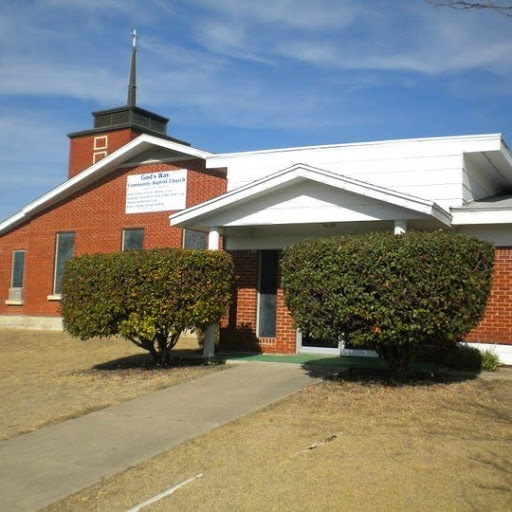
Keith Rowe
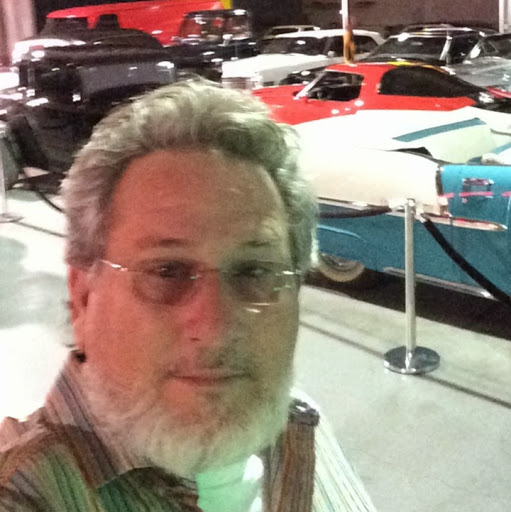
Keith Rowe
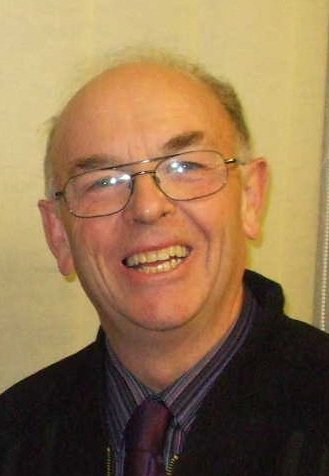
Keith Rowe
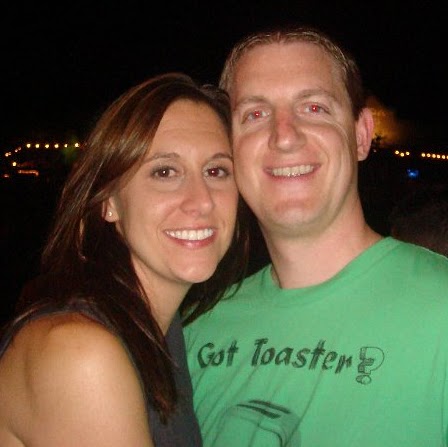
Keith Rowe

Keith Rowe

Keith Rowe

Keith Rowe

Keith Rowe
Education:
Alleynes
Youtube
Myspace

Keith Rowe
view source
Keith Rowe
view sourcePlaxo

Keith Rowe
view sourceCrystal City, VA

Keith Rowe
view sourceDowners Grove, IL
Flickr
Classmates

Keith Rowe
view sourceSchools:
Nederland High School Nederland TX 1975-1979
Community:
Karen Worley

Keith Rowe
view sourceSchools:
Booker T Washington Comprehensive High School Atlanta GA 1981-1985
Community:
Jacquelyn Leach, Antonio Smith

Keith Rowe
view sourceSchools:
Burr & Burton Academy Manchester VT 1987-1991
Community:
Louis Lorenzo

Keith Rowe
view sourceSchools:
Wyoming High School Wyoming NY 1949-1953
Community:
Karen Harrigan, Gretchen Turner, Randy Busch, Frank Wojciechowski

Keith Rowe
view sourceSchools:
Robert Leckie Intermediate School Goose Bay, Labrador Peru 1966-1970
Community:
Gloria Tobin, Shirley Mills

Keith Rowe
view sourceSchools:
Inglewood High School Inglewood CA 1991-1995
Community:
John Callari, Sherry Ireland, Maureen Staton, Carolyn Thompson, Marilynn Mclaughlin

Keith Rowe
view sourceSchools:
Berkmar High School Lawrenceville GA 1997-2001
Community:
Thanh Nguyen

Keith Rowe
view sourceSchools:
Harbour View High School Saint John Harbour View NB 1977-1980
Community:
Roberta Maxwell, Alain Boucher, Richard Langille, Jim Beckingham, Tom Smith
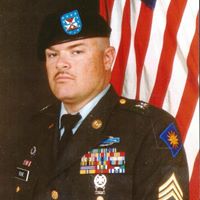
Charles Keith Rowe
view source
Stephanie Keith Rowe
view source
Keith D Rowe
view source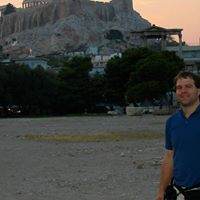
Keith A Rowe
view source
Keith L. Rowe
view source
Keith Rowe
view source
Keith Rowe
view source
Keith Rowe
view sourceGet Report for Keith W Rowe from Shingle Springs, CA, age ~45




![KEITH ROWE - Groovy Situation [1977] KEITH ROWE - Groovy Situation [1977]](https://i.ytimg.com/vi/wzkOv-bPwFo/hq2.jpg?sqp=-oaymwEcCOADEI4CSFXyq4qpAw4IARUAAIhCGAFwAcABBg==&rs=AOn4CLBeFCztZXgmnHG6yHWiCHr1j8LzTA)














